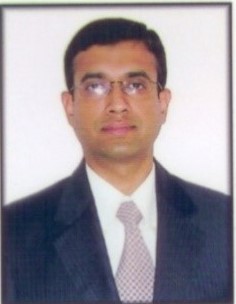
Himanshu Singh is presently working as Scientist F’ at the Instruments Research and Development Establishment (IRDE), Dehradun. He has a Master’s degree in Engineering from Birla Institute of Technology & Science (BITS), Pilani. He is an expert in the field of Signal and Infrared image processing. Under his leadership, the successful development of Non-Panoramic Commander’s Thermal Imagers for T-90 tank has led to self-reliance in the field of instrumentation for passive surveillance and acquisition, target coordinate generation, and tank warfare. His main research interests are in the areas of Infrared signal and image processing, real time implementation of image processing algorithms. He is a recipient of the Best Innovation/ Futuristic Development 2017, Agni Award for Excellence in Self-Reliance 2014, Commendation Certificate, and Technology group award for Design and Development of OLED Interface Card and Gap Measuring Device.
Indian army is presently the largest standing army in the world. It operates in varied terrains with multitude of threats. Its operational readiness requires thermal imagers in nearly all of the weapon platforms. Be it tanks, infantry soldiers, air defence, artillery, engineering corps etc. Indian army is not only prepared for any eventuality against enemies like China and Pakistan but also against armed insurgents, terrorists and rebels. Thermal imagers are night vision cameras which can also operate in light rain, fog, dust and humid regions. Thermal imagers have constituents like infrared detector, optics, power supply and mechanical housing. High end FPGA based video processing card is an important constituent of thermal imager. Real time infrared image processing algorithms like nonuniformity correction, automatic gain control, bad pixel detection and correction, high dynamic range image enhancement, edge enhancement, video format converter etc. are implemented in the video processing card. Parallel processing, minimum delays and extreme operating conditions are some of the features of this electronics. In the lecture, army’s requirements, image processing algorithm firmware design and field validation in terms of case studies will be shared with the participants.